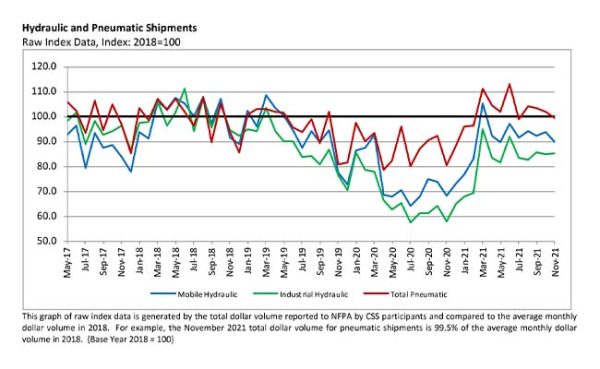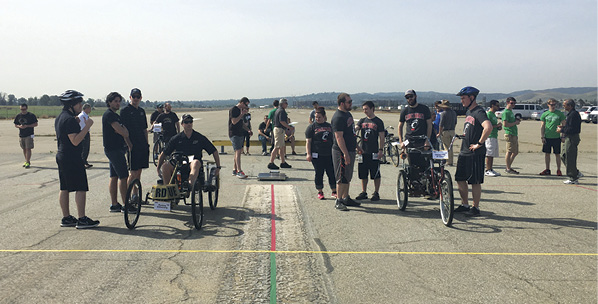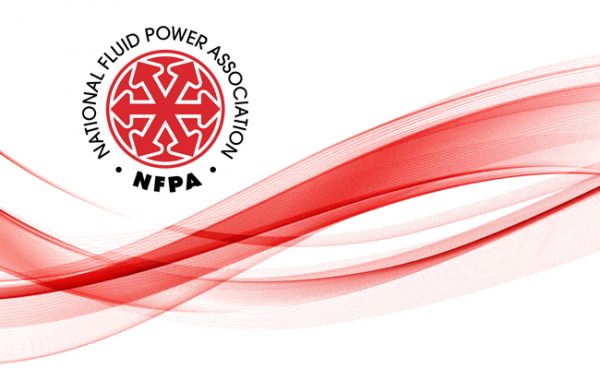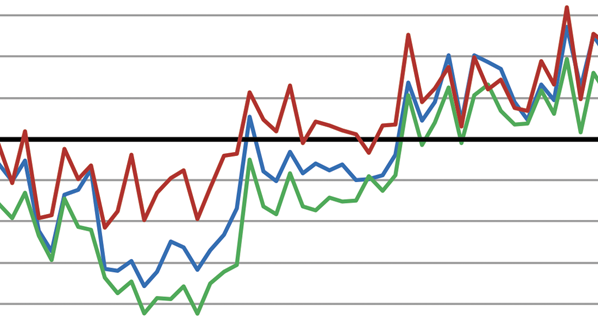Future of Fluid Power Session Confirmed for IFPE Conference
By Eric Lanke, NFPA President/CEO
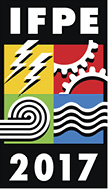 The next Energy Efficient Hydraulics and Pneumatics Conference (EEHPC) will be held in March 2017 in conjunction with the IFPE tradeshow. While the focus of the EEHPC is to educate engineers and technicians in the design concepts critical to developing efficient fluid power systems, and the diagnostic and maintenance techniques essential to keeping those systems operating at peak efficiency, each conference also traditionally includes a “future of fluid power” session. This is an opportunity to look forward at new and emerging application areas for fluid power, and examine the R&D work within universities and companies that is helping to make it happen.
The next Energy Efficient Hydraulics and Pneumatics Conference (EEHPC) will be held in March 2017 in conjunction with the IFPE tradeshow. While the focus of the EEHPC is to educate engineers and technicians in the design concepts critical to developing efficient fluid power systems, and the diagnostic and maintenance techniques essential to keeping those systems operating at peak efficiency, each conference also traditionally includes a “future of fluid power” session. This is an opportunity to look forward at new and emerging application areas for fluid power, and examine the R&D work within universities and companies that is helping to make it happen.
The “futures” program for 2017 has just been confirmed, and it’s a good one.
Friday, March 10, 2017
Opportunities and Challenges for Fluid Power in the Coming Robot Revolution
A paradigm shift in robotics is occurring. Traditionally, commercially available robots have been put behind safety cages to keep their workspace separate from people. Assembly robots, welding robots, and palletizing robots are a few examples where maintaining separation between people and robots is essential in order to keep people out of harm’s way. However, a more interactive human-robot paradigm is beginning to emerge. Applications in therapeutic, assistive, and enhancement technologies, such as construction and manufacturing exoskeletons and co-robots, wearable robotics for military and assistive applications, powered prosthetics, and powered orthotics, motivates an entirely new view of robotics. In this view, robots and humans interact closely to perform tasks collaboratively.
To realize the enormous potential benefits of such a vision, a new landscape of technologies and methods is needed. Bulky robots with rigid exteriors and non-backdrivable joints that are bolted to the floor must be replaced by lightweight, soft, compliant mechanisms that are capable of high power while maintaining fine control of interaction forces. This new generation of robots must not only be able to move with us (wearable), but also go with us (untethered). Fluid power is the only actuation and power technology that can meet all of these requirements. This session will explore the opportunities and challenges for fluid power in this emerging market, and review some of the new research discoveries that will help cement fluid power as an enabling technology for these collaborative robots.
11:30 AM: Lunch Served
12:15 PM: Welcome, Opening Remarks | Eric Barth, Vanderbilt University
12:30 PM: Keynote Presentation: Opportunities and Challenges for Fluid Power in the Coming Robot Revolution | Nic Copley, Parker Hannifin
Parker Hannifin Corp. provides motion and control solutions using electromechanical, hydraulic, and pneumatic technologies. Traditionally automotive assembly lines with protected heavy-duty industrial robots have been the dominant arena for robotics. However, in the new paradigm with developments in vision systems and computational power, smaller-scale robotics opportunities are rapidly evolving to enhance and augment human endeavors. This presentation offers an overview of this evolution and discusses the technological merits of fluid power systems for robotics. Furthermore, future developments and implications of human-centric robotics will be discussed, which will provide context for the remaining session presentations.
1:15 PM: Design Guidelines for Compact, Integrated Hydraulic Systems | Will Durfee, University of Minnesota
Fluid power on the small scale is more than simply shrinking large-scale components and systems. Modeling and simulation can be used to predict the size, weight, and efficiency of the small-scale hydraulics that are being used to drive next-generation, lightweight, wearable robots. Along with describing guidelines to help the engineering designer optimize small-scale hydraulics, this presentation will describe a prototype hydraulic-powered ankle-foot orthosis that has exceptional torque yet is still lightweight and will highlight where research and development in small-scale hydraulics is still needed.
1:45 PM: Untethered Power Supplies | Eric Barth, Vanderbilt University
Compact and capable power supplies for untethered human-scale fluid power machines continue to be a challenge. As applications involving human-machine interaction motivate new collaborative and soft robot architectures, the source of power for these inevitably fluid-powered machines must be adequately energy dense, as well as satisfy a number of challenging constraints. This talk will present recent progress in untethered power supplies appropriate for the next generation of human-scale fluid power applications.
2:15 PM: Soft Robotics and FREEs | Liz Hsiao-Wecksler, University of Illinois
Inspired by the biology of flexible, yet powerful, organisms such as the octopus and starfish, or by tissue such as muscle, soft robotics replaces rigid and stiff actuators and structures with compliant fluid-filled designs. Popular McKibben actuators, or pneumatic artificial muscles, are one embodiment of Fiber Reinforced Elastomeric Enclosures (FREEs), which are constructed from a stretchy hollow elastomeric cylinder reinforced with helical fibers. By changing the angle of the fibers, FREE actuators can not only contract (such as with a McKibben muscle), but also extend, create torsion, or coil. This session will explore the use of FREEs to create robotic arms, powered orthotic devices, and exoskeletons.
2:45 PM: NVH, Sound Quality and Auditory Cues | Ken Cunefare, Georgia Institute of Technology
What should interactive robots sound like? The question bears on more than just the noise and vibration that robots may generate, but also on their intended use environment and how humans may use auditory clues to sense their actions. Use of robots in therapeutic settings poses its own challenge for low-noise requirements. Furthermore, the sounds they produce should not be threatening to patients, but they should also provide sufficient auditory cues for enhanced situational awareness for their operators/collaborators.
3:15 PM: Panel Discussion and Q&A with the Audience
4:00 PM: Adjourn
Many thanks to our distinguished speakers and session organizers for helping to assemble and present this program. More conference details will be coming soon. Be sure to make time in your IFPE schedule for this exciting session.
Visit www.nfpa.com for more information.

